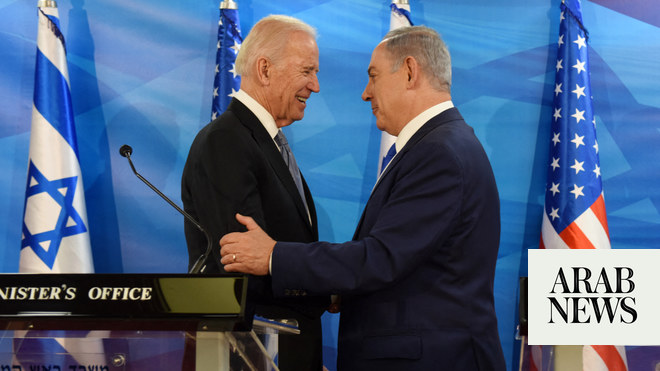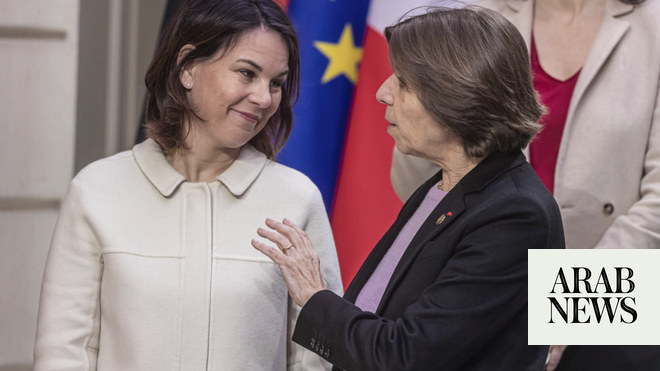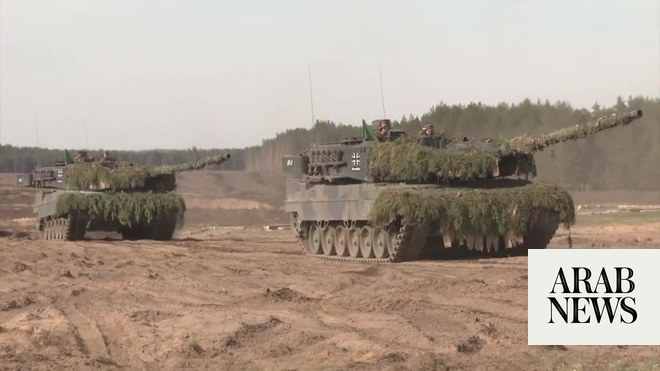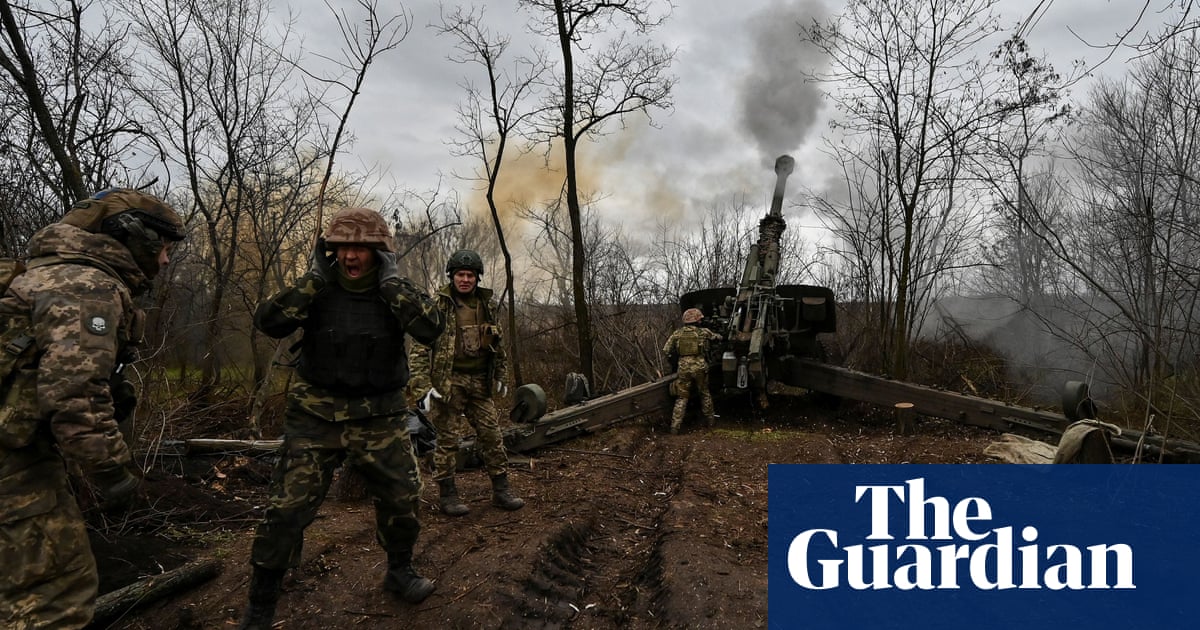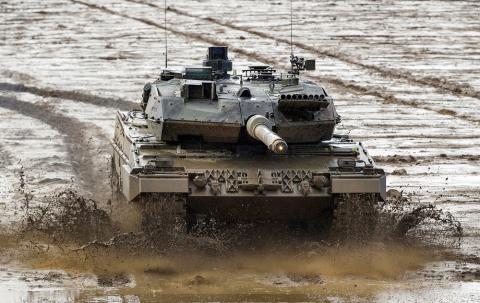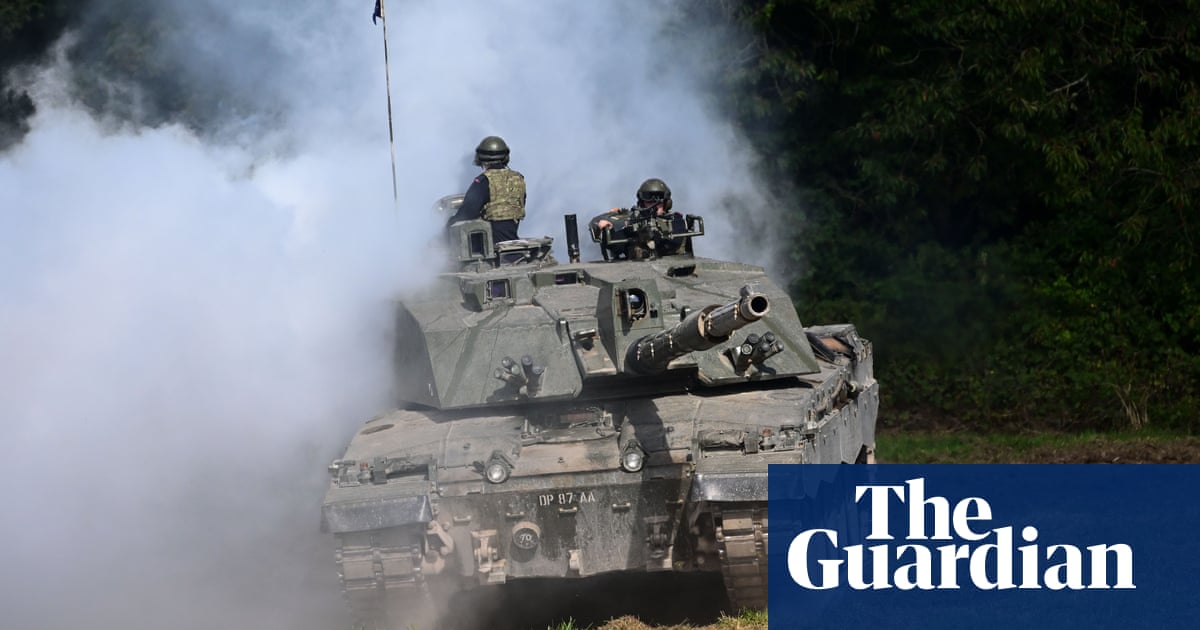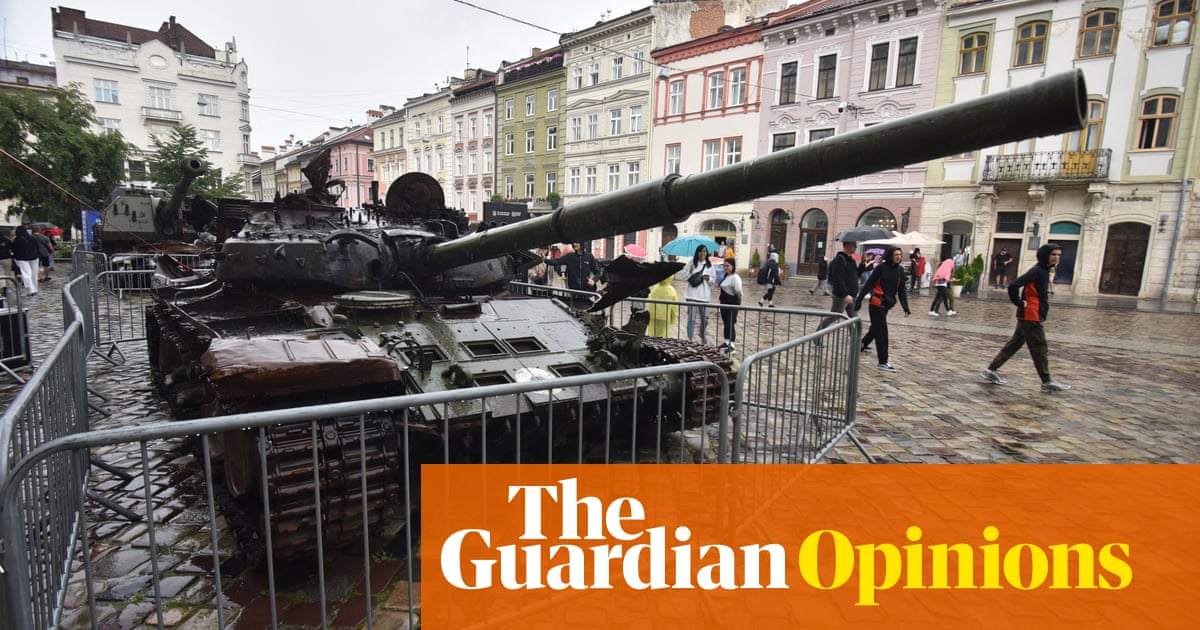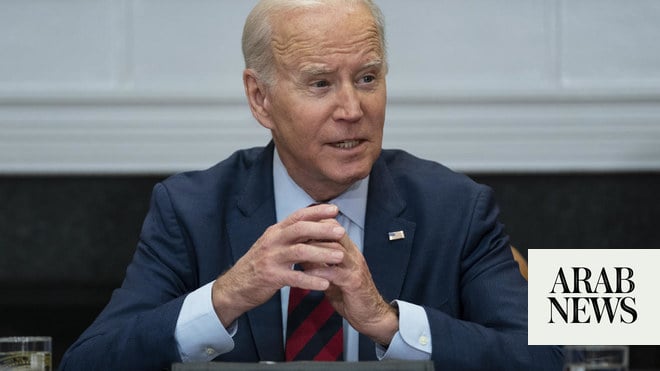
Biden discussed "our close coordination on support for Ukraine" with European allies
BERLIN: Germany and the United States announced Wednesday that they will send battle tanks to Ukraine, the first stage of a coordinated effort by the West to provide dozens of the heavy weapons to help Kyiv break combat stalemates as Russia’s invasion enters its 12th month.
American President Joe Biden said the US will send 31 M1 Abrams tanks, reversing months of persistent arguments by Washington that they were too difficult for Ukrainian troops to operate and maintain.
The US decision followed Germany’s agreement to send 14 Leopard 2 A6 tanks from its own stocks. Germany had said the Leopards would not be sent unless the US put its Abrams on the table, not wanting to incur Russia’s wrath without the US making a similar commitment.
“This is the result of intensive consultations, once again, with our allies and international partners,” Chancellor Olaf Scholz told German lawmakers. “It was right, and it is important that we didn’t let ourselves be driven” into the decision.
Biden said European allies have agreed to send enough tanks to equip two Ukrainian tank battalions, or a total of 62 tanks.
“With spring approaching, Ukrainian forces are working to defend the territory they hold and preparing for additional counter-offenses,” Biden said. “To liberate their land, they need to be able to counter Russia’s evolving tactics and strategy on the battlefield in the very near term.”
Several European countries have equipped their armies with Leopard 2 tanks, and Germany’s announcement means they can give some of their stocks to Ukraine.
“German main battle tanks, further broadening of defense support and training missions, green light for partners to supply similar weapons. Just heard about these important and timely decisions in a call with Olaf Scholz,” Ukrainian President Volodymyr Zelensky wrote on Twitter. “Sincerely grateful to the chancellor and all our friends in (Germany).”
Ukrainian soldiers on the front lines said the decision comes at a critical point.
“Tanks will help reduce casualties among our soldiers … then gain new results and win this war quicker,” said Oleksander Syrotiuk, commander of a company in the 17th Tank Brigade deployed in Bakhmut.
Ukrainian soldiers and experts said Ukrainian forces are running low on spare parts to repair old Soviet-era tanks and the specific ammunition they require while enduring relentless barrages of Russian artillery. An expected springtime Russian offensive is also looming.
Though it will take months before their debut, the tanks will enable Ukraine’s forces to launch counter-offensives and reduce casualties, three military commanders, including two in the army’s tank division, told The Associated Press.
“Without the new tanks, we cannot win this war,” said Maksim Butolin, chief sergeant of the 54th Brigade’s Tank Division. He spoke to the AP by phone earlier this week from near the Bakhmut front.
Ukrainian forces have had to preserve ammunition and deal with frequent breakdowns and maintenance issues, Syrotiuk said.
“The main problem we have with our tanks is they are old,” he said.
Expressing a preference for the Leopard 2, which he said was more suitable for Ukraine’s terrain, Syrotiuk said the modern tanks had more precise targeting systems, better armor and equipment to allow nighttime operations.
Gian Gentile, a US Army veteran and senior historian with the Rand think tank, said the M1 Abrams and the Leopards will give Ukraine a “mechanized armored punching force.”
The Abrams tanks can hit a moving target up to 2,000 meters (1.25 miles) away while rolling across rough terrain, he said.
Scholz spoke by phone Wednesday with Biden, French President Emmanuel Macron, British Prime Minister Rishi Sunak and Italian Premier Giorgia Meloni, the German chancellery said in a statement. All five leaders agreed to continue military support to Ukraine in close Euro-Atlantic coordination.
The $400 million package announced Wednesday by the US also includes eight M88 recovery vehicles — tank-like tracked vehicles that can tow the Abrams if it gets stuck.
Altogether, France, the UK, the US, Poland, Germany, the Netherlands and Sweden will send hundreds of tanks and heavy armored vehicles to fortify Ukraine as it enters a new phase of the war and attempts to break through entrenched Russian lines.
While Ukraine’s supporters previously have supplied tanks, they were Soviet models in the stockpiles of countries that once were in Moscow’s sphere of influence but are now aligned with the West. Zelensky and other Ukrainian officials insisted their forces need more modern Western-designed tanks.
Russia’s ambassador to Germany, Sergey Nechayev, called Berlin’s decision “extremely dangerous,” saying it “shifts the conflict to a new level of confrontation and contradicts the statements of German politicians about their reluctance to get involved in it.”
Scholz had insisted that any decision to provide Ukraine with the powerful tanks would need to be taken in conjunction with Germany’s allies, chiefly the US By getting Washington to commit some of its own tanks, Berlin hopes to share the risk of any backlash from Russia.
Ekkehard Brose, head of the German military’s Federal Academy for Security Policy, noted the deeper historical significance of the decision.
“German-made tanks will face off against Russian tanks in Ukraine once more,” he said, adding that this was “not an easy thought” for Germany, which takes seriously its responsibility for the horrors of World War II.
“And yet it is the right decision,” Brose said, arguing that it was up to Western democracies to help Ukraine stop Russia’s military campaign.
German Defense Minister Boris Pistorius cautioned that it would take about three months for the first tanks to be deployed in Ukraine. He described the Leopard 2 as “the best battle tank in the world.”
The German government said it planned to swiftly begin training Ukrainian tank crews in Germany. The package being put together would also include logistics, ammunition and maintenance.
Kremlin spokesman Dmitry Peskov described German and US intentions as a “a rather disastrous plan.”
“Simply because of technological aspects, this is a rather disastrous plan. The main thing is, this is a completely obvious overestimation of the potential (the supply of tanks) would add to the armed forces of Ukraine,” Peskov said. “It is yet another fallacy, a rather profound one.”
Peskov predicted “these tanks will burn down just like all the other ones. ... Except they cost a lot, and this will fall on the shoulders of European taxpayers.” he added.
John Herbst, who was US ambassador to Ukraine from 2003 to 2006, questioned the timeline for delivery of the American tanks.
“Under this schedule Ukraine would be lucky to receive them this calendar year,” said Herbst, who is now senior director of the Atlantic Council’s Eurasia Center.
Ahead of Scholz’s official announcement, members of his three-party coalition government welcomed the Cabinet’s agreement to supply the domestically made tanks.
“The Leopard’s freed!” German lawmaker Katrin Goering-Eckardt, a senior Green party lawmaker, said.
However, two smaller opposition parties criticized the move. The far-right Alternative for Germany, which has friendly ties to Russia, called the decision “irresponsible and dangerous.”
“Germany risks being drawn directly into the war as a result,” party co-leader Tino Chrupalla said.
Scholz sought to reassure people in his country who were concerned about the implications of sending tanks to Ukraine.
“Trust me, trust the government,” he said. “By acting in an internationally coordinated manner, we will ensure that this support is possible without the risks to our country growing in the wrong direction.”
Other European nations, such as Finland and Spain, indicated a willingness Wednesday to part with their own Leopard or similar battle tanks as part of a larger coalition.






